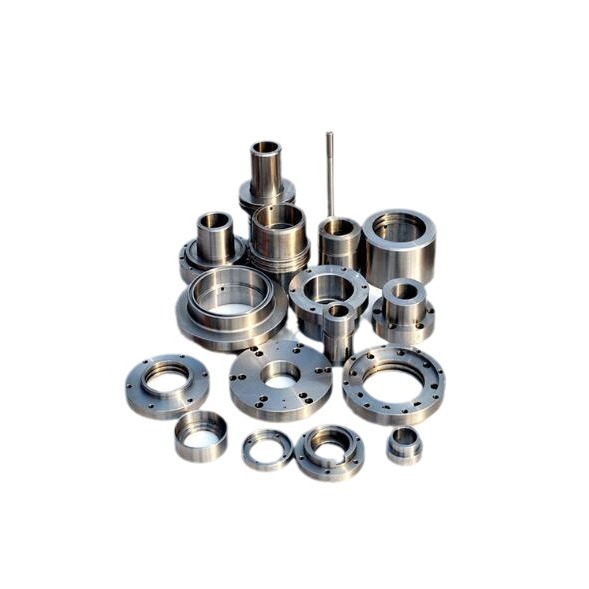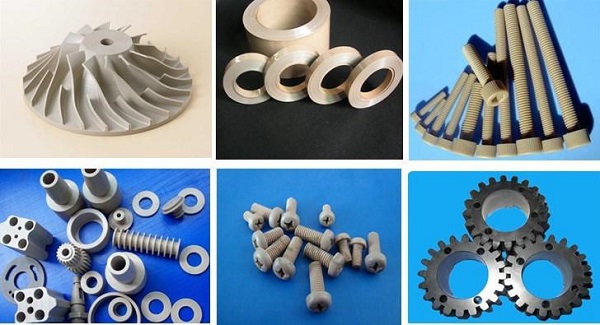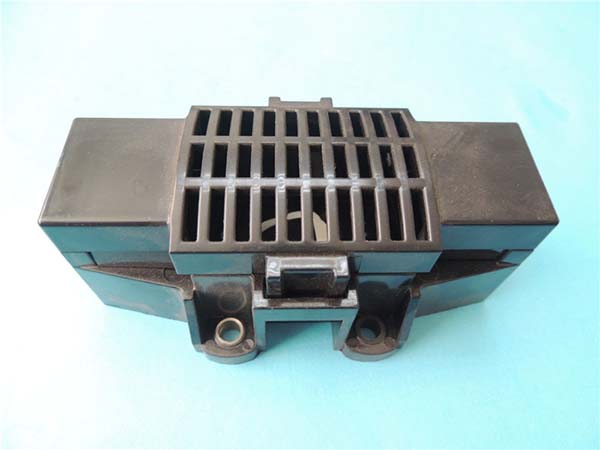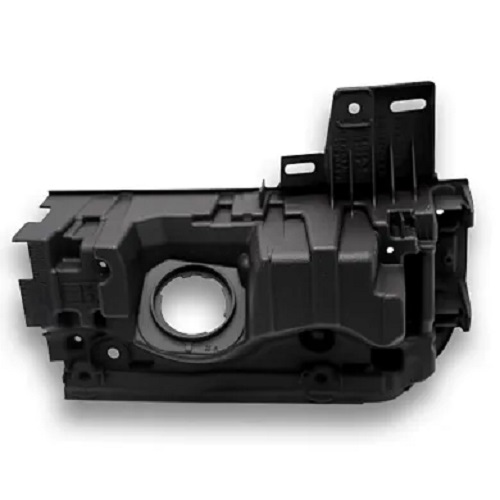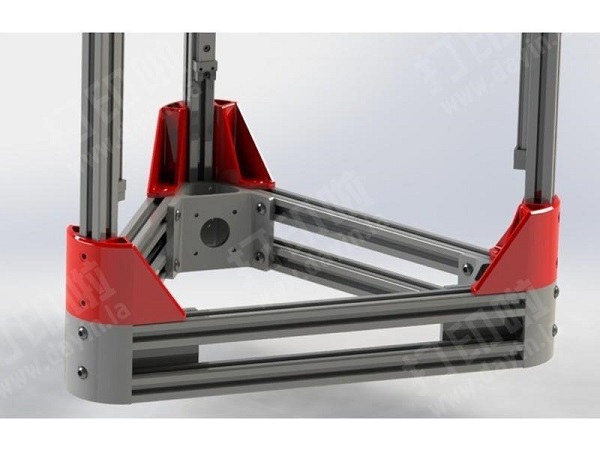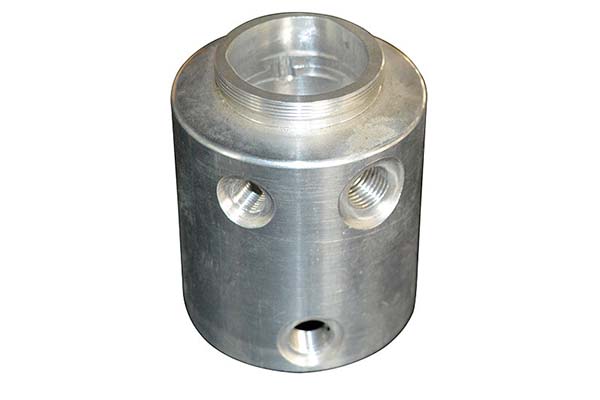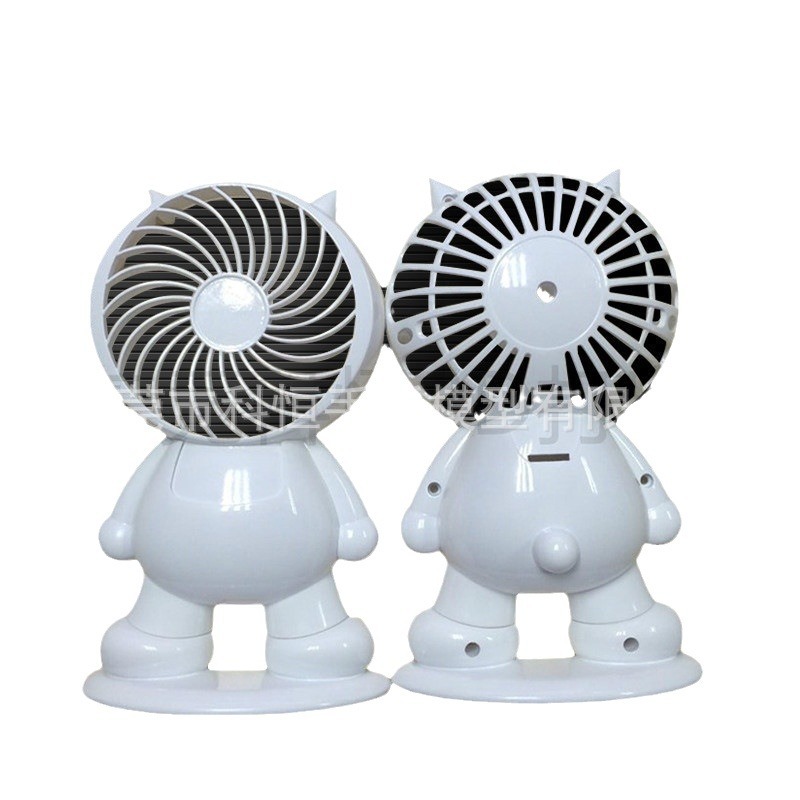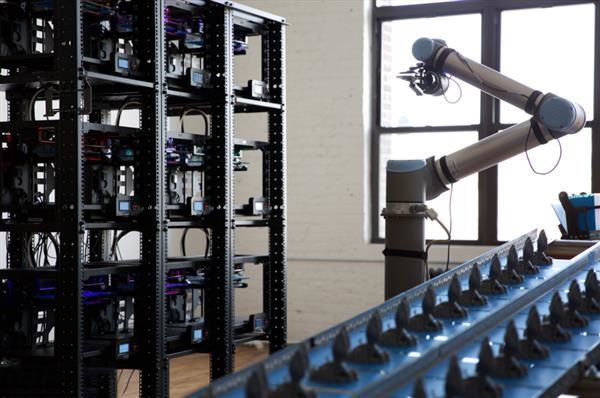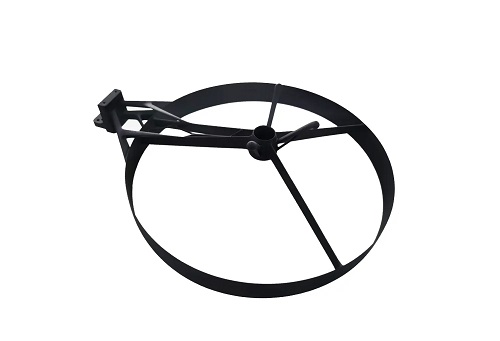Introduction to Commercial 3D Printing
Definition and Technology Overview
Commercial 3D printing, or additive manufacturing, is a cutting-edge process that creates three-dimensional objects by layering materials based on digital models. Unlike traditional manufacturing methods—such as subtractive manufacturing, where material is removed from a larger block—3D printing builds objects layer by layer, adding material only where it's needed. This approach offers several advantages, including minimal waste and the ability to create complex geometries that are impossible or prohibitively expensive to produce with conventional techniques.
History and Evolution of 3D Printing
The concept of 3D printing began in the 1980s when Chuck Hull invented stereolithography (SLA), the first commercially viable 3D printing technology. Since then, the field has evolved rapidly, with technologies such as Fused Deposition Modeling (FDM), Selective Laser Sintering (SLS), and Metal Additive Manufacturing opening up a wider range of materials, precision, and industrial applications. Today, 3D printing is integral in industries like aerospace, automotive, healthcare, and consumer goods, revolutionizing how products are designed and produced.
Benefits of Commercial 3D Printing Services
1. Time and Cost Efficiency
One of the most significant benefits of commercial 3D printing services is reduced production time and costs. Traditional manufacturing processes often require extensive setup and tooling, both of which can be expensive and time-consuming. In contrast, 3D printing enables rapid prototyping and on-demand production, which allows businesses to quickly bring products to market. This is particularly advantageous for industries requiring small-batch production or custom parts, where traditional methods would be less cost-effective.
- Faster Prototyping: Designers can quickly iterate on product designs, make adjustments, and test prototypes without the long lead times associated with mold creation or machining.
- Lower Upfront Costs: Since there’s no need for specialized tooling or molds, the costs associated with setting up production are minimized.
2. Customization and Complexity
Commercial 3D printing excels in producing highly customized and complex designs. Designers can easily create intricate shapes, internal structures, and unique geometries that would be impossible or prohibitively expensive with traditional manufacturing methods. This is especially beneficial in industries where products need to be tailored to individual specifications.
- Medical Customization: For instance, custom implants and prosthetics can be 3D printed to perfectly fit a patient’s anatomy, significantly improving outcomes in orthopedics, dentistry, and surgical planning.
- Automotive and Aerospace: Complex components such as engine parts or aircraft fuselage sections can be designed and produced for optimal performance, often with integrated multiple functions in a single part.
3. Environmental Impact
Commercial 3D printing services are more environmentally friendly compared to traditional manufacturing. Since additive manufacturing uses only the material needed for each part (minimizing waste), it generates less scrap. Additionally, 3D printing can utilize recycled materials and biodegradable filaments, further reducing the environmental footprint.
- Sustainable Practices: The ability to use eco-friendly materials and reduce waste makes 3D printing a more sustainable manufacturing option.
- Energy Efficiency: Some 3D printing technologies can be more energy-efficient than traditional production methods, further enhancing the environmental benefits.
Applications Across Industries
1. Automotive Industry
Commercial 3D printing is transforming the automotive industry by enabling faster prototyping, custom components, and lightweight parts. For example, 3D printing is used to produce custom dashboards, interior trim, exterior body panels, and functional parts that improve performance, durability, and fuel efficiency.
- Lightweight Parts: 3D-printed components can reduce the overall weight of a vehicle, leading to better fuel efficiency.
- Rapid Prototyping and Customization: Companies can test and validate new vehicle parts quickly without the need for traditional tooling.
2. Aerospace and Defense
The aerospace and defense industries are key adopters of commercial 3D printing due to its ability to produce lightweight, strong, and complex parts. 3D printing enables manufacturers to produce parts such as engine components, drone structures, and aircraft interiors that are optimized for performance.
- Weight Reduction: 3D printing enables the production of lighter parts, reducing the weight of aircraft and improving fuel efficiency.
- Consolidation of Parts: Many complex components that would traditionally require several parts to be assembled can now be 3D printed as a single, unified part, reducing assembly time and improving reliability.
3. Medical and Healthcare
In healthcare, commercial 3D printing is revolutionizing the way patient-specific implants, prosthetics, and surgical guides are made. Surgeons can use 3D-printed models of patients' organs to plan and practice surgeries, which leads to more accurate and efficient operations.
- Custom Implants: Custom prosthetics, such as joint replacements, are tailored to fit the specific anatomy of each patient, improving comfort and function.
- Surgical Planning: Surgeons can 3D print anatomical models to assist in complex procedures, improving surgical accuracy and patient outcomes.
4. Consumer Goods and Electronics
The consumer goods and electronics industries are embracing the flexibility and precision of 3D printing to prototype new designs quickly, reduce production times, and offer customized products. For instance, companies can rapidly produce custom phone cases, personalized jewelry, and wearable technology.
- Fast Iteration: Designers can test product designs in real-world conditions and make quick modifications, reducing time-to-market.
- Personalization: Consumers can order tailored products, such as custom-fit shoes or jewelry, enhancing satisfaction and creating new revenue opportunities.
Conclusion and Implications for Businesses
1. Competitive Advantage
Adopting commercial 3D printing services provides businesses with a significant competitive edge in today’s fast-moving market. With the ability to accelerate product development cycles, customize products, and optimize manufacturing costs, companies can respond to market demands more quickly and efficiently.
- Innovation at Scale: By integrating 3D printing into their workflows, businesses can streamline innovation and bring products to market faster than competitors using traditional manufacturing methods.
- New Business Models: The ability to create customized, on-demand products opens up new business models that cater to niche markets and individualized consumer needs.
2. Strategic Adoption of 3D Printing Services
To fully leverage the benefits of commercial 3D printing, businesses must integrate this technology into their operations strategically. This involves investing in the right 3D printing equipment, software, and employee training to ensure successful implementation.
- Partnerships: Businesses can collaborate with experienced 3D printing service providers to navigate the complexities of additive manufacturing and ensure optimal results.
- Scalability: Companies should assess their production needs and scale their 3D printing capabilities accordingly, from prototyping to low-volume production runs.
3. Preparing for the 3D Printing Revolution
As additive manufacturing continues to evolve, businesses must stay informed about the latest trends and advancements in 3D printing technology. By doing so, companies can stay ahead of the curve, adapt to shifting market demands, and innovate faster than ever before.
- Continuous Learning: Engaging with new developments in materials, software, and printer technologies will enable companies to maximize the potential of 3D printing in their production processes.
- Strategic Integration: Integrating 3D printing into supply chains, product development cycles, and customer engagement strategies will position businesses for long-term success in a rapidly changing market.
FAQs
1. What is the difference between commercial 3D printing and desktop 3D printing?
Commercial 3D printing typically refers to industrial-grade additive manufacturing systems used for large-scale, professional applications. These printers offer higher precision, utilize a wider range of materials, and can produce larger, more durable parts. Desktop 3D printers, on the other hand, are typically used by hobbyists or for low-volume, non-industrial applications, offering more basic features and smaller output.
2. How long does it take to print a part using commercial 3D printing services?
The time required to print a part depends on several factors, including the complexity of the design, the size of the part, and the material being used. Simple parts might be printed in a few hours, while larger or more complex components may take several days. Post-processing steps, such as cleaning or curing, may also extend the overall timeline.
3. Are there any limitations to using commercial 3D printing services?
Despite the numerous advantages, commercial 3D printing does have limitations. Specialized materials can be expensive, and certain parts may require additional post-processing to achieve the desired surface finish. Additionally, scalability can be an issue, as transitioning from prototyping to high-volume production can present challenges related to consistency and throughput.
In conclusion, commercial 3D printing is transforming the manufacturing and design landscapes by offering faster, more cost-effective, and flexible production methods. It is enabling innovation in diverse sectors such as automotive, aerospace, healthcare, and consumer goods, offering businesses a pathway to greater customization, efficiency, and sustainability.
